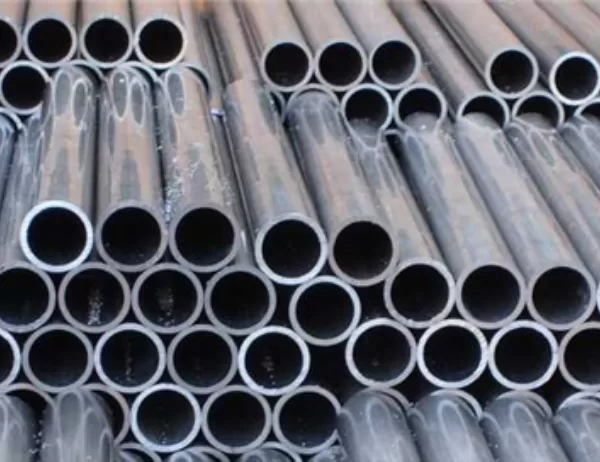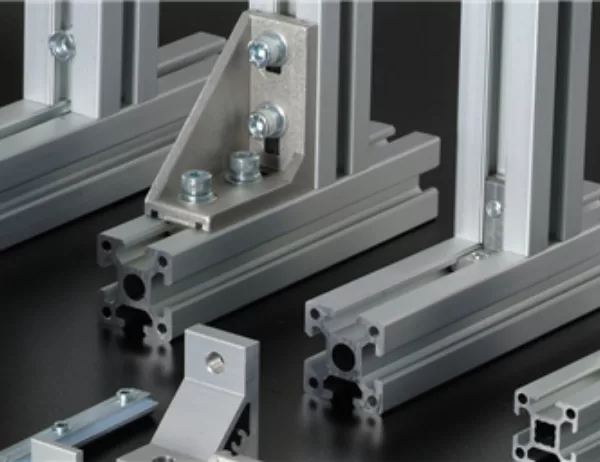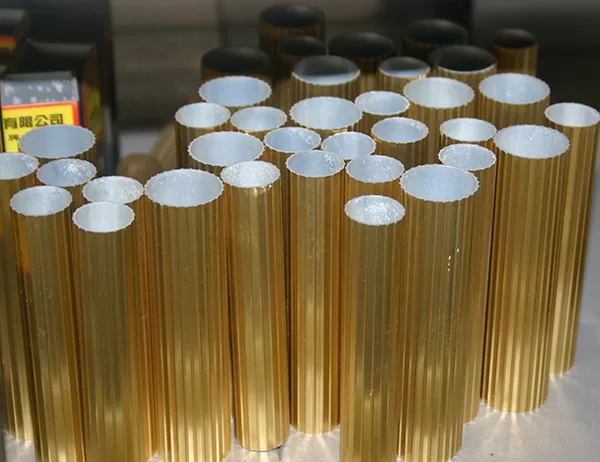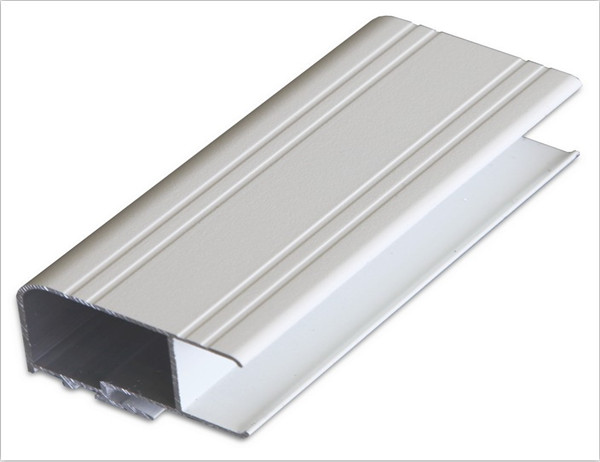Versatile Applications: Aluminum Track Profiles’ Diverse Roles in Multiple Industries
Introduction
Aluminum track profiles, with their exceptional strength, precision, and versatility, have become indispensable components in a vast array of industrial sectors. From machinery and automation to transportation and construction, these profiles serve a multitude of functions, facilitating seamless operations and enhancing efficiency. This article explores the diverse applications of aluminum track profiles, highlighting their unique characteristics and the value they bring to various industries.
Architectural Facades and Glazing Systems
Aluminum track profiles form the backbone of modern architectural facades and glazing systems. Their lightweight and durable nature enables them to support large glass panels securely, creating expansive windows and curtain walls that optimize natural light and enhance architectural aesthetics. The precise tolerances and modular design of these profiles allow for seamless integration with other building elements, ensuring weatherproofing, thermal insulation, and structural stability.
Machinery and Automation
In the realm of machinery and automation, aluminum track profiles serve as precision guides for linear motion systems, such as conveyor belts and robotic arms. Their smooth surfaces and high load-bearing capacity provide precise movement and reduce friction, minimizing wear and tear and enhancing performance. The modularity of track profiles allows for quick assembly and reconfiguration, making them ideal for customized automated systems.
Transportation and Aerospace
Aluminum track profiles play a crucial role in the transportation industry. In automotive manufacturing, they are utilized in chassis systems, providing structural support and enhancing stability. In the aerospace sector, they are used in aircraft interiors, luggage systems, and control mechanisms, combining strength and lightweight properties essential for flight safety and efficiency.
Healthcare and Medical Equipment
The sterile and corrosive-resistant nature of aluminum track profiles makes them well-suited for applications in the healthcare industry. They are used in medical equipment such as MRI scanners, X-ray machines, and operating tables, ensuring precision and durability in demanding healthcare environments. Their lightweight and hygienic properties facilitate easy cleaning and sterilization, minimizing the risk of contamination.
Construction and Building Materials
Aluminum track profiles are widely employed in construction for various purposes. They are used as curtain wall framing systems, interior wall partitions, and suspended ceilings, offering a combination of strength, flexibility, and fire resistance. Their lightweight and ease of installation make them cost-effective and time-saving solutions for construction projects.
Conclusion
Aluminum track profiles have proven their versatility across countless industries, becoming indispensable components for a wide range of applications. Their unique characteristics, including strength, precision, lightweight properties, and modularity, enable them to meet the demanding requirements of various sectors. As innovation continues to drive advancements in aluminum technology, we can anticipate even more applications for these versatile profiles in the future.




